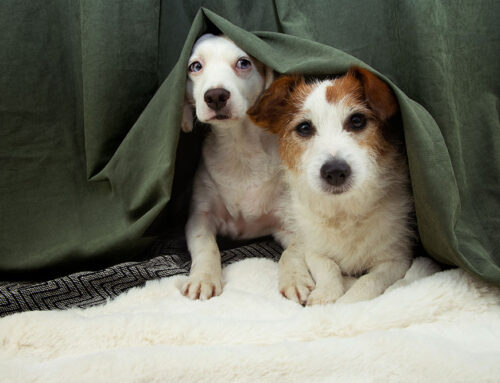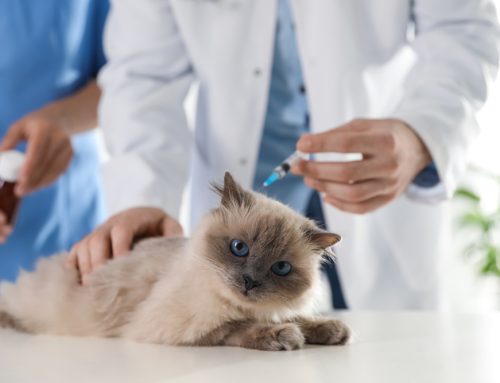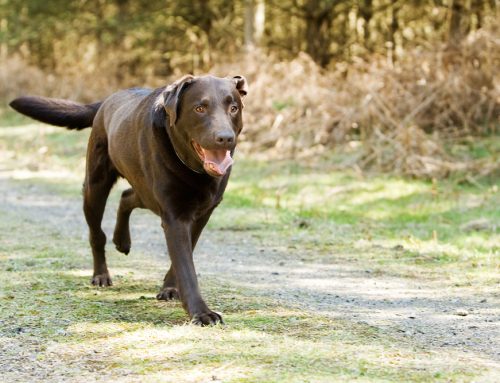K9 FLANK ALOPECIA occurs at different times, varies in time & duration that are affected, can be continuous or sporadic & varies according to the latitude where lives
The cause = unknown but changes in the duration of light exposure appear to be important & melatonin secretion from the pineal gland may be involved age of onset = between 1 & 11 yrs although most occur between 3 & 6 yrs.
breed predilection = Boxers but other breeds include Airedale terrier, English bulldog, Schnauzers, & others less commonly.
There is no sex predilection.
Onset = typically between November & March with the development of a non-inflammatory, well-demarcated alopecia affecting the flank. This tends to be bilaterally symmetrical & the symmetry is often not identical. Occasionally the axilla, dorsum & bridge of the nose are affected. Hyperpigmentation commonly develops & rarely secondary infection.
Many dogs re-grow hair 3-8 mo later. The new hair may be dull, dry & patchy.
disease = unpredictable & can’t be forecast. 20% may have 1 episode with no recurrence. dogs can have regular episodes at the same time each year, may miss an episode in a particular year, while some dogs develop permanent alopecia.
Other Similar Conditions:
1. Superficial pyoderma. Cytology will demonstrates pyoderma but antibiotic will not improve alopecia.
2. Demodicosis. skin scrapings & biopsy will be negative for mites.
3. Hypothyroidism. flank alopecia cases are healthy with no signs associated with hypothyroidism, such as lethargy, poor exercise tolerance, thermophilia & the numerous associated biochemical & abnormalities. Thyroid function tests = normal.
4. Alopecia areata. Histopath changes will differentiate.
5. Topical steroid reaction. history will suggest this unlikely cause for the signs seen.
6. Fungal Infection (Ringworm)
Histopathological Biopsy = dystrophic, atrophic & keratin-filled hair follicles with finger-like projections into the dermis. Depending on time of year there may be anagen follicles deeper in dermis.
Treatment = No treatment (as problem is largely cosmetic) vs Melatonin implants vs Oral melatonin







Leave A Comment